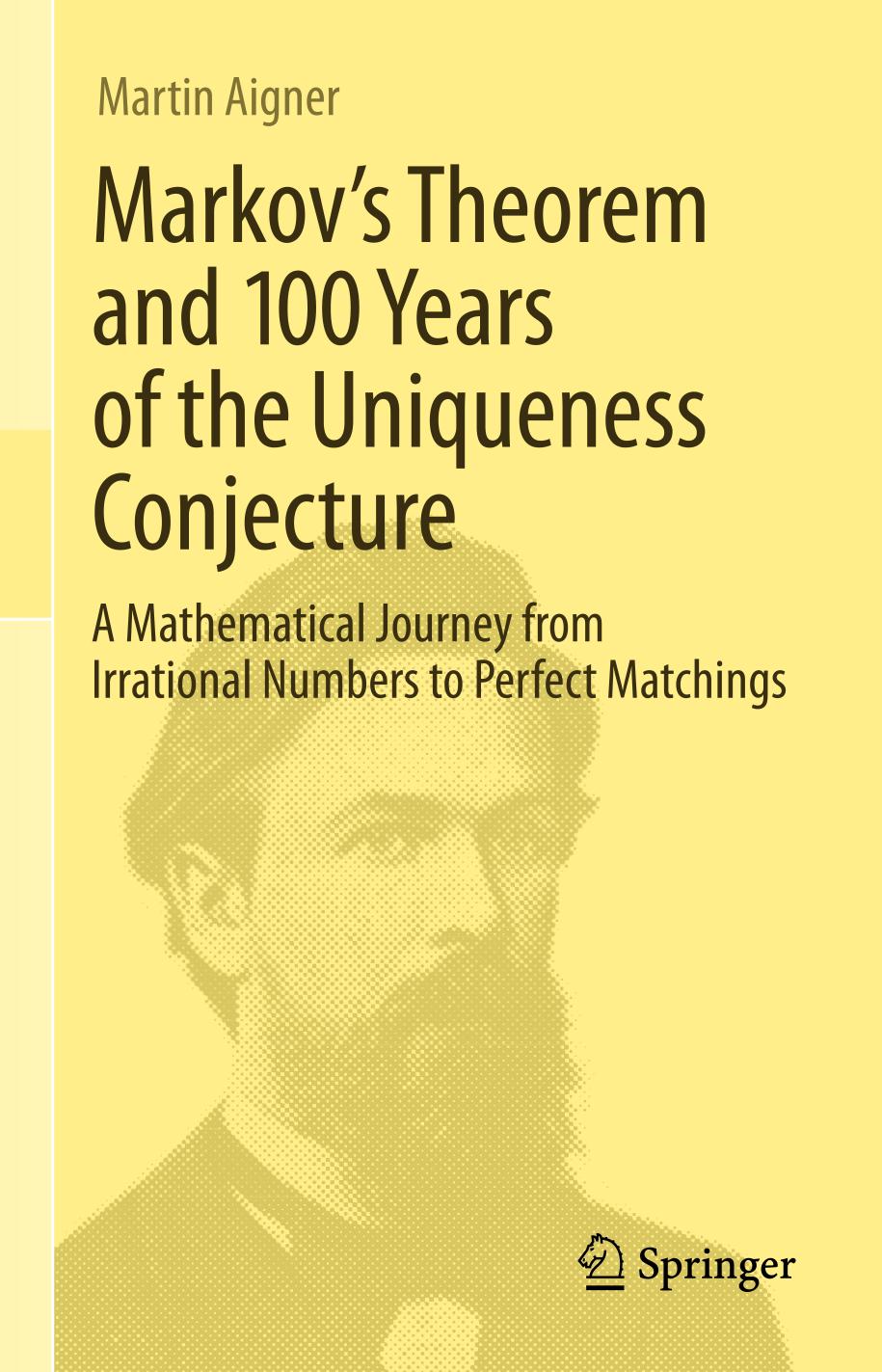

Most ebook files are in PDF format, so you can easily read them using various software such as Foxit Reader or directly on the Google Chrome browser.
Some ebook files are released by publishers in other formats such as .awz, .mobi, .epub, .fb2, etc. You may need to install specific software to read these formats on mobile/PC, such as Calibre.
Please read the tutorial at this link: https://ebookbell.com/faq
We offer FREE conversion to the popular formats you request; however, this may take some time. Therefore, right after payment, please email us, and we will try to provide the service as quickly as possible.
For some exceptional file formats or broken links (if any), please refrain from opening any disputes. Instead, email us first, and we will try to assist within a maximum of 6 hours.
EbookBell Team

4.1
50 reviewsThis book takes the reader on a mathematical journey, from a number-theoretic point of view, to the realm of Markov’s theorem and the uniqueness conjecture, gradually unfolding many beautiful connections until everything falls into place in the proof of Markov’s theorem. What makes the Markov theme so attractive is that it appears in an astounding variety of different fields, from number theory to combinatorics, from classical groups and geometry to the world of graphs and words.
On the way, there are also introductory forays into some fascinating topics that do not belong to the standard curriculum, such as Farey fractions, modular and free groups, hyperbolic planes, and algebraic words. The book closes with a discussion of the current state of knowledge about the uniqueness conjecture, which remains an open challenge to this day.
All the material should be accessible to upper-level undergraduates with some background in number theory, and anything beyond this level is fully explained in the text.
This is not a monograph in the usual sense concentrating on a specific topic. Instead, it narrates in five parts – Numbers, Trees, Groups, Words, Finale – the story of a discovery in one field and its many manifestations in others, as a tribute to a great mathematical achievement and as an intellectual pleasure, contemplating the marvellous unity of all mathematics.